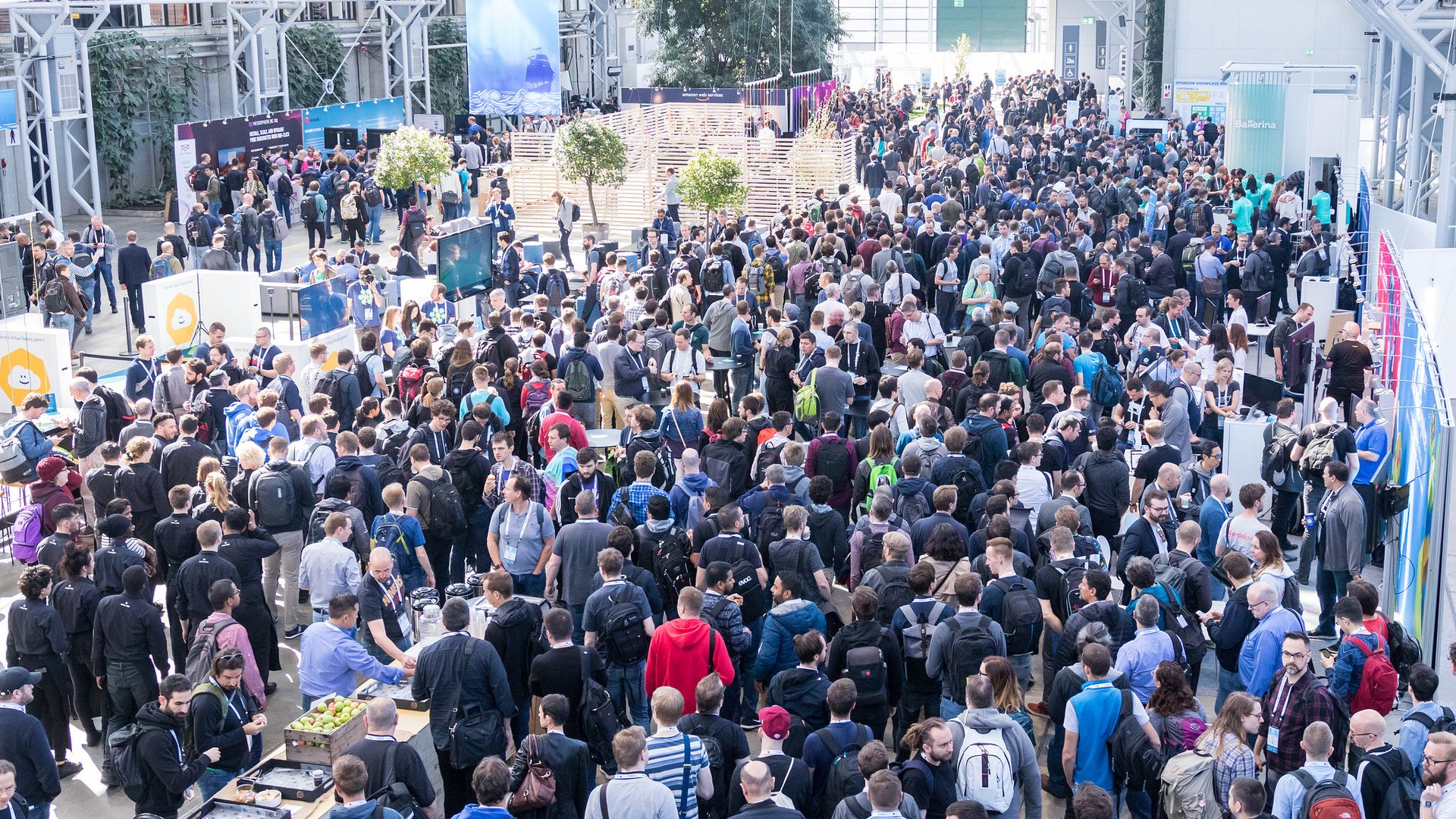INSUBCONTINENT EXCLUSIVE:
A giant greenhouse of a building with snaking industrial pipework and connecting concrete bridges; it's a vast container made of glass
back in 2013.Attendance has rocketed to 4,300, according to Dan Kohn, executive director of the CNCF, which almost triples attendance from a
to share with the whole business world
the product manager on Kubernetes, which is an open source container orchestration system which has become a key component in native
Kubeflow is an example of open technology that is being built on top of Kubernetes and that was a key message at the event.As chair of the
He thinks it will be packed full of developers
The vision then for the CNCF, and the community around it, is to build all the foundational layers to create an open cloud platform for
Man lab, albeit from a software perspective, where code can be written and run on top of an agile infrastructure that abstracts away all the
complexity and allows you to present your application to the world at large
The developer focuses on making the best application while the infrastructure deals securely with the demands
been an explosion of third-party technologies.Kubernetes was the first project to be incubated by the CNCF
The CNCF has many projects in early sandbox or incubation stage for many critical areas, such as monitoring (Prometheus), logging (fluentd)
Vitess was originally an internal project at YouTube and is a database clustering system that scales MySQL using Kubernetes
Kubernetes we need to return to containers briefly
For developers, the technology has enabled them to package, ship and run their applications in isolated containers that run virtually
When continuous integration/continuous delivery software (e.g
Jenkins) and practices are added into the mix, this enables companies to benefit from nimble and responsive automation and it significantly
For example, any changes that developers make to the source code will automatically trigger the creation, testing and deployment of a new
container to staging and then into production.The idea of a container allowing one process only to run inside it has also led on to
This is where applications are broken down into their processes and placed inside a container, which makes a lot of sense in the enterprise
world where greater efficiencies are constantly being sought.However, this explosion of containerised apps has created the need for a way to
But just over a year after Docker sprinted out of the blocks, Kubernetes popped up
This offered a less complicated and more efficient way to manage clusters (groups of hosts running containers) that spanned hosts across
by the Google engineers who developed Borg, an internal platform that used containers to run everything at the company
There was [Docker] Swarm, [Apache] Mesos, and Mesos was very mature back then, was very popular, so we built a container management product
Crontab, orchestrator, Bash (looking at you OpenShift on Bash), everything was bespoke
You ran it yourself and had to deal with everything yourself
But Kubernetes brought a transformation, because it gave everyone a common platform that they could trust, they knew what the APIs are and

